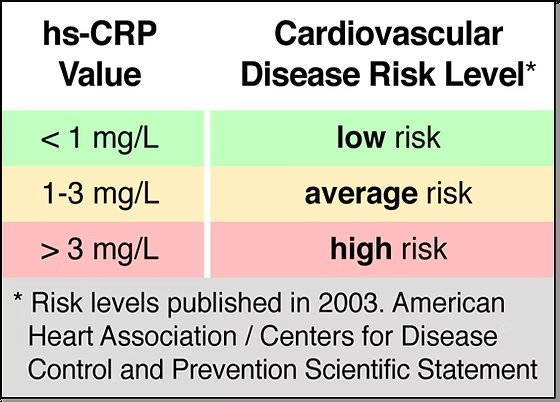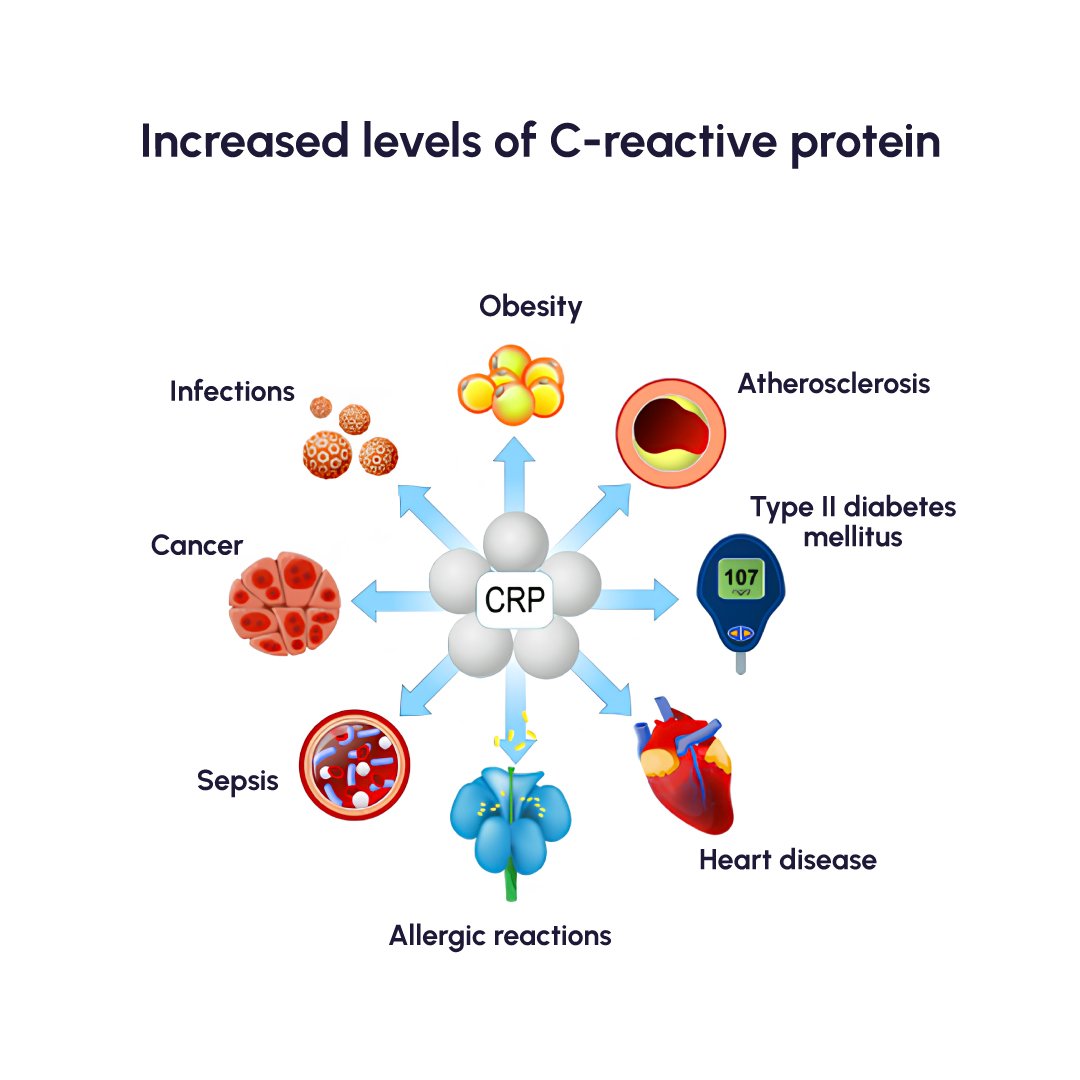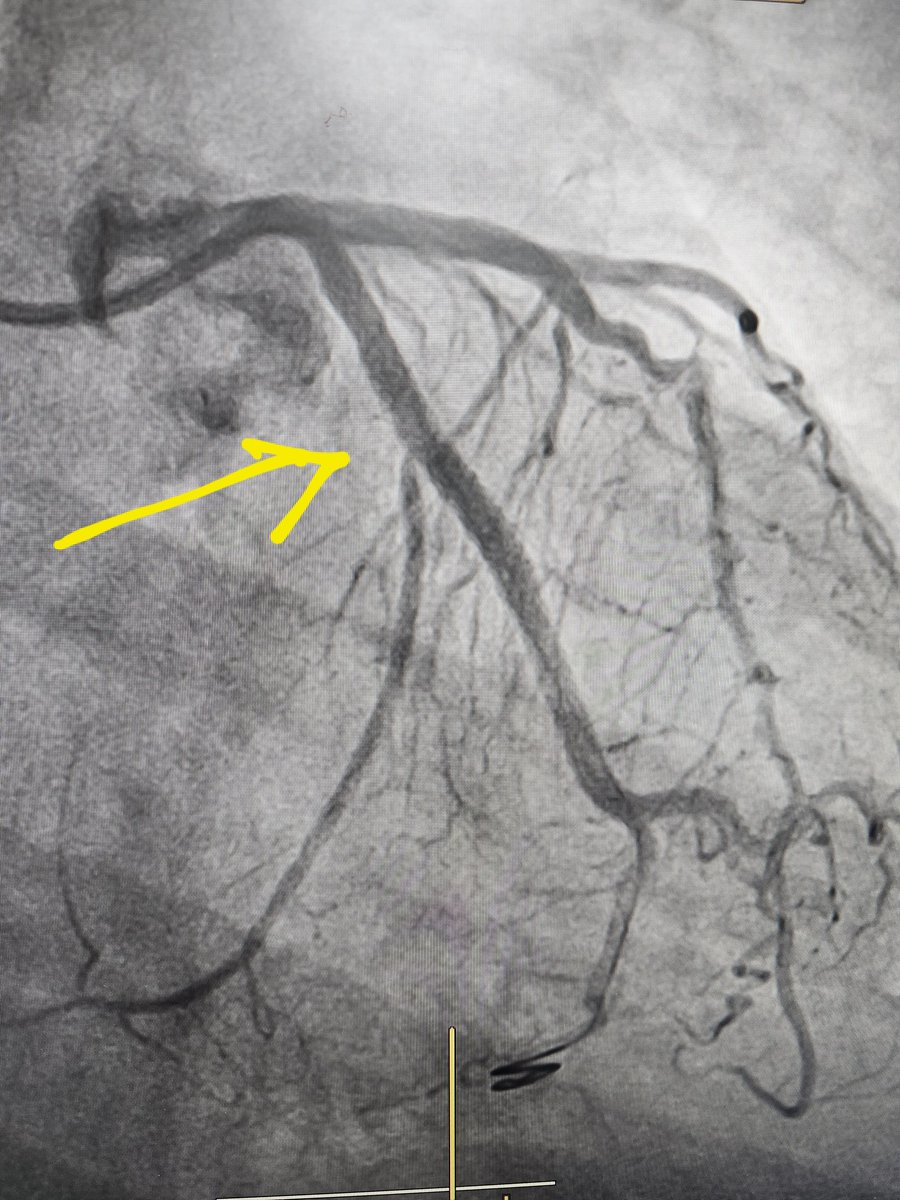30y guy presented with palpitations while playing cricket. Pulse was 220/min. Was given IV medication and reverted to normal rhythm in emergency dept. He had similar palpitations in the past, few times, but lasted few minutes and became normal so he did not seek help #MedTwitter 

In Wolff-Parkinson-White (WPW) syndrome, an extra signaling pathway between the heart's upper and lower chambers causes a fast heartbeat (tachycardia). WPW syndrome is a heart condition present at birth (congenital heart defect). It is fairly rare. 

The episodes of fast heartbeats seen in WPW syndrome usually aren't life-threatening, but serious heart problems can occur. Rarely, WPW syndrome may lead to #SuddenDeath in children and young adults.
Treatment of WPW syndrome may include special actions, medications, a shock to the heart (cardioversion) or a catheter procedure to stop the irregular heart rhythm (arrhythmia).
WPW syndrome may also be called preexcitation syndrome.
WPW syndrome may also be called preexcitation syndrome.
In general, signs and symptoms that may occur in people with WPW syndrome include:
A rapid, fluttering or pounding heartbeat (palpitations)
Chest pain
Difficulty breathing
Dizziness or lightheadedness
Fainting
Fatigue
Shortness of breath
Anxiety
A rapid, fluttering or pounding heartbeat (palpitations)
Chest pain
Difficulty breathing
Dizziness or lightheadedness
Fainting
Fatigue
Shortness of breath
Anxiety
In summary, WPW is a kind of electrical short circuiting in the heart which happens in some people due to abnormal connections since birth. Common symptoms are palpitations with rapid heart rate. Rarely can cause sudden cardiac arrest. Can be successfully treated if diagnosed.
And yes, there are multiple conditions which can affect the heart and cause sudden cardiac arrests. And these have existed since the origin of humans. Not everything is post covid or post vaccine. And not every death is a conspiracy. 



• • •
Missing some Tweet in this thread? You can try to
force a refresh
























